New St Augustine Sod turning brown
henrikpfluger
10 years ago
Featured Answer
Comments (37)
ronalawn82
10 years agodchall_san_antonio
10 years agoRelated Professionals
Rancho Palos Verdes Landscape Architects & Landscape Designers · Canyon Lake Landscape Contractors · Cary Landscape Contractors · Cornelius Landscape Contractors · Dallas Landscape Contractors · Federal Way Landscape Contractors · Hollywood Landscape Contractors · San Antonio Landscape Contractors · South Farmingdale Landscape Contractors · Sugar Hill Landscape Contractors · Watertown Landscape Contractors · Webster Groves Landscape Contractors · Malden Swimming Pool Builders · Redan Swimming Pool Builders · Rockwall Swimming Pool Buildershenrikpfluger
10 years agohenrikpfluger
10 years agodchall_san_antonio
10 years agohenrikpfluger
10 years agohenrikpfluger
10 years agodchall_san_antonio
10 years agohenrikpfluger
10 years agodchall_san_antonio
10 years agodougieieie
10 years agohenrikpfluger
10 years agoBryan Scott
10 years agohenrikpfluger
10 years agodchall_san_antonio
10 years agohenrikpfluger
10 years agohenrikpfluger
10 years agodchall_san_antonio
10 years agohenrikpfluger
10 years agodchall_san_antonio
10 years agohenrikpfluger
10 years agodchall_san_antonio
10 years agoValentin Tudose
8 years agodchall_san_antonio
8 years agomorpheuspa (6B/7A, E. PA)
8 years agodchall_san_antonio
8 years agobcoronado1980
8 years agodchall_san_antonio
8 years agovangie123
8 years agoreeljake
8 years agovangie123
8 years agomorpheuspa (6B/7A, E. PA)
8 years agovangie123
8 years agomjbatroff
8 years agoDavid Gonzalez
8 years agoBrett Campbell
8 years ago
Related Stories

SAVING WATER11 Ways to Save Water at Home
Whether you live in a drought-stricken area or just want to help preserve a precious resource, here are things you can do to use less water
Full Story
EARTH DAYThe Case for Losing the Traditional Lawn
Work less, help the environment and foster connections by just saying no to typical turf
Full Story
SAVING WATERHouzz Call: Are You Letting Go of Your Lawn?
Many facing a drought are swapping turf for less thirsty plantings. If you’re one of them, we’d like to hear about it
Full Story
DECORATING GUIDESA Mobile Home Gets a Bohemian-Chic Makeover
Designer infuses world traveler’s guesthouse with tribal textiles, Moroccan tiles and kilim rugs
Full Story
FALL GARDENING7 Reasons Not to Clean Up Your Fall Garden
Before you pluck and rake, consider wildlife, the health of your plants and your own right to relax
Full Story
LANDSCAPE DESIGNCalifornia Says Goodbye to the Sprawling Ornamental Lawn
New state rules will effectively limit turfgrass to 25 percent of the landscape in most new and renovated yards
Full Story
GARDENING GUIDES5 Great Grasses for a New Lawn
Learn about maintenance, wear tolerance, ideal climate and more for these top turf choices to pick the right one for you
Full Story
LANDSCAPE DESIGNYour Mini Guide to Great Garden Edges
Get the scoop on trenches to the skinny on bender board, to help keep your garden beds as tidy as you like
Full Story
GRASSESHow to Rock a Lawn
Weekend Project: The key to healthy grass begins with the soil. If turf works for you, here’s how to fix it and keep it looking its best
Full Story
GREAT HOME PROJECTSHow to Replace Your Lawn With a Garden
New project for a new year: Lose the turfgrass for energy savings, wildlife friendliness and lower maintenance
Full Story





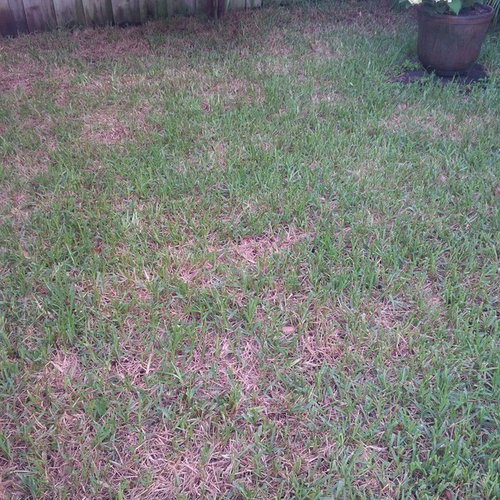

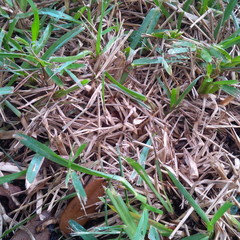




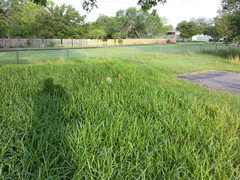
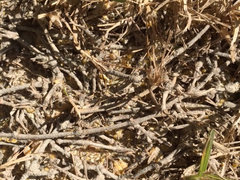
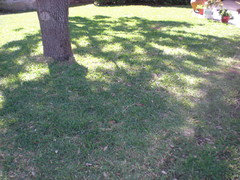



Wes